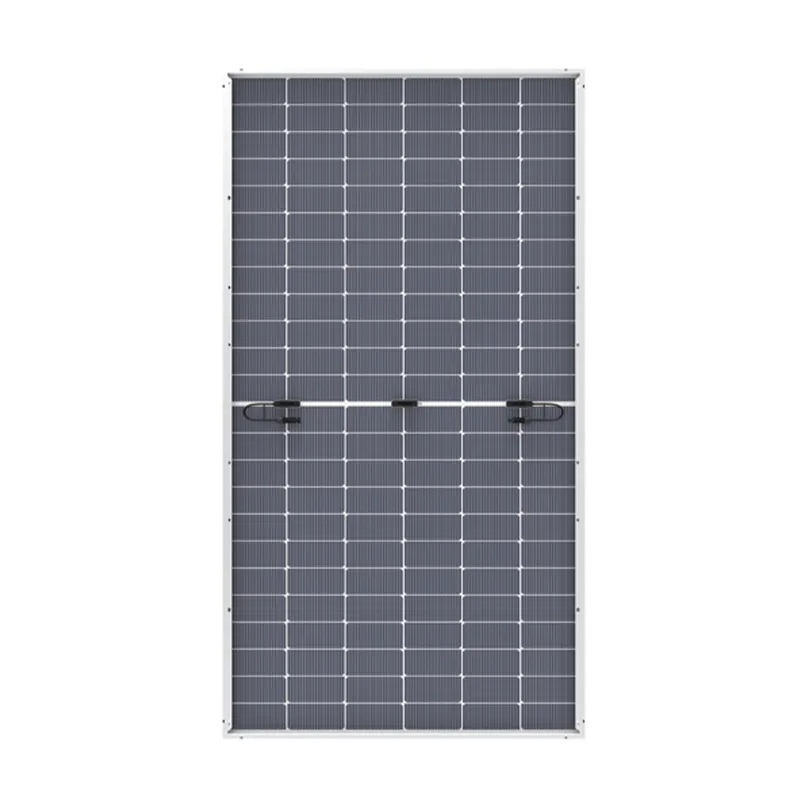350 kw solar panel price
The Cost of 350 kW Solar Panels An Investment in the Future
As the world increasingly turns to renewable energy sources, solar power stands out as one of the most viable options for both residential and commercial applications. Among the various configurations available, the 350 kW solar panel system has gained attention for its capacity to meet significant energy demands. In this article, we will explore the factors influencing the price of 350 kW solar panel systems, the potential cost savings, and the broader implications for energy sustainability.
Understanding Solar Panel Pricing
The price of solar panels can vary significantly based on several key factors, including the type of panels selected, installation costs, local incentives, and market conditions. As of recent estimates, the cost of solar power systems has generally decreased over the past decade, making solar energy more accessible than ever before. For a commercial installation such as a 350 kW system, the total price could range from $600,000 to $800,000 before any tax credits or other incentives are applied.
One major factor in determining the overall cost is the type of panels used in the system. There are primarily two types of solar panels monocrystalline and polycrystalline. Monocrystalline panels are typically more efficient and often come at a higher price. Polycrystalline panels, while slightly less efficient, are usually more affordable. When evaluating a 350 kW installation, the choice of panel design directly influences both the upfront costs and the long-term energy efficiency of the system.
Installation Costs and Considerations
Given the significant power output of a 350 kW system, installation involves a complex process that includes assessing the site, securing permits, and performing the actual installation of the solar panels and associated equipment such as inverters and battery storage solutions. Installation costs can vary widely, depending on the geographical location, the complexity of the commercial property, and the local labor rates. Typically, installation costs can account for about 10% to 20% of the total project cost.
It is also essential to consider additional expenses such as mounting hardware, electrical connections, and the necessary upgrades to existing electrical systems. Engaging with experienced contractors and solar providers can help streamline this process and ensure that the installation complies with local codes and regulations.
350 kw solar panel price

Incentives and Financing Options
Fortunately, various incentives can help offset the costs associated with purchasing and installing a solar panel system. The federal investment tax credit (ITC) allows for a significant deduction of 26% of the installation cost from federal taxes and has been crucial in making solar energy more financially feasible for many businesses. State-level incentives, grants, and rebates can further contribute to the overall affordability of these systems.
Financing options also play a crucial role in making solar energy accessible. Many businesses opt for power purchase agreements (PPAs), leases, or loans, allowing them to install solar panels with little or no upfront costs. Over time, and with substantial utility bill savings, these financing options can be transformed into significant financial gains.
Long-Term Benefits of Investing in Solar
Investing in a 350 kW solar panel system is more than simply a response to rising utility prices; it is a long-term strategy that offers numerous benefits. A solar system can significantly reduce electricity bills, provide predictable energy costs, and even potentially generate additional revenue by selling excess energy back to the grid in net metering scenarios.
Moreover, adopting solar energy contributes to a more sustainable future. By reducing reliance on fossil fuels and decreasing greenhouse gas emissions, businesses can enhance their corporate social responsibility profile and appeal to an increasingly environmentally conscious consumer base.
Conclusion
The decision to invest in a 350 kW solar panel system is a powerful step towards energy independence and sustainability. While the initial costs may appear daunting, the long-term financial and environmental benefits must be considered. With declining prices, coupled with various financing options and incentives, transitioning to solar power has never been more attractive. Embracing renewable energy not only positions businesses for future success but also contributes to a healthier planet for generations to come. Investing in solar is not merely a financial transaction; it is a commitment to a sustainable future.
-
String Solar Inverter: The High-Efficiency Solution for Smart Solar EnergyNewsJul.14,2025
-
Revolutionizing Rooftop Energy with the Power of the Micro Solar InverterNewsJul.14,2025
-
Power Independence with Smart Off Grid Solar Inverter SolutionsNewsJul.14,2025
-
On Grid Solar Inverter: Powering the Future with Smart Grid IntegrationNewsJul.14,2025
-
Monocrystalline Solar Panels: High-Efficiency Power for the Future of Clean EnergyNewsJul.14,2025
-
Bifacial Solar Panel: A Smarter Investment for Next-Generation Energy SystemsNewsJul.14,2025







